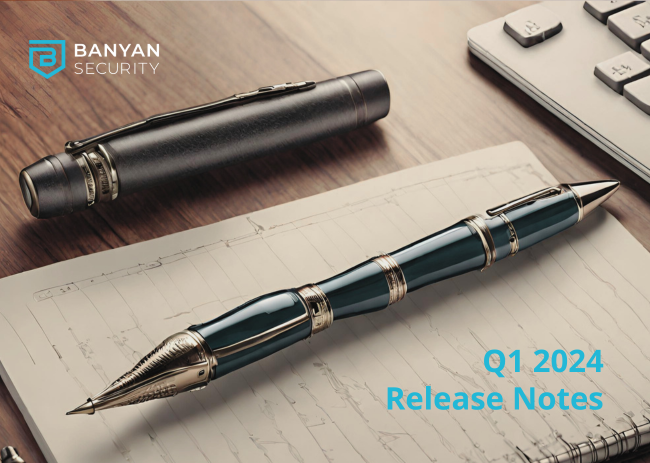Cloud Monitoring, often referred to as cloud infrastructure monitoring or cloud performance monitoring, is the practice of continuously observing and tracking the performance, availability, and health of cloud resources and services. It involves collecting data, metrics, and logs from various components of a cloud environment to ensure that cloud services are operating efficiently, securely, and within specified performance parameters.
Cloud monitoring is essential for proactively identifying and addressing issues, optimizing resource utilization, and maintaining the overall health of cloud-based applications and infrastructure.
How cloud monitoring is used:
- Performance Monitoring: Cloud monitoring tools collect and analyze performance metrics related to compute, storage, networking, and application resources. For instance, organizations can monitor CPU usage, memory utilization, network latency, and response times to ensure that cloud workloads are performing optimally.
- Availability Monitoring: Continuous monitoring helps ensure that cloud services and resources are available and accessible to users. This involves tracking service uptime, server availability, and the responsiveness of critical applications. For example, a company may monitor the availability of its e-commerce website hosted in the cloud to prevent downtime during peak shopping periods.
- Resource Utilization: Monitoring tools provide insights into resource utilization patterns, helping organizations identify overprovisioned or underutilized resources. This information can lead to cost savings by right-sizing resources or implementing auto-scaling policies.
- Security Monitoring: Security-focused cloud monitoring involves tracking and analyzing security-related events and logs. Organizations can monitor for unauthorized access attempts, suspicious activities, and security vulnerabilities. For example, monitoring tools can detect and alert on failed login attempts or unusual access patterns that may indicate a breach attempt.
- Cost and Billing Monitoring: Cloud cost monitoring helps organizations track and manage cloud spending. It provides insights into how cloud resources contribute to overall costs, enabling cost allocation, budgeting, and optimization. For instance, organizations can monitor and report on monthly cloud spending to control and optimize expenses.
- Alerting and Notification: Cloud monitoring systems can be configured to send alerts and notifications when predefined thresholds or conditions are met. For example, an IT team may receive notifications if CPU usage exceeds a certain threshold or if there is a spike in error rates for a critical application.
- Capacity Planning: Monitoring data helps organizations plan for future resource requirements. By analyzing historical data and trends, organizations can make informed decisions about resource provisioning, scaling, and capacity planning to accommodate growth or changes in workloads.
- Application Performance Monitoring (APM): APM tools monitor and trace application code execution, identifying performance bottlenecks, errors, and slowdowns. This helps developers and operations teams optimize application performance in the cloud.
- Log Management: Monitoring solutions often include log management capabilities, enabling organizations to collect, store, and analyze log data from various sources, such as applications, servers, and security appliances. This aids in troubleshooting, auditing, and compliance efforts.
- Service-Level Agreement (SLA) Compliance: Organizations can use cloud monitoring to ensure that cloud services meet the performance and availability requirements outlined in SLAs with cloud providers. Deviations from SLA commitments can trigger alerts and notifications.
- Container and Orchestration Monitoring: For containerized applications deployed in container orchestration platforms like Kubernetes, cloud monitoring extends to tracking container performance, orchestration metrics, and resource utilization. This ensures the stability and scalability of containerized workloads.
- Geographic and Multi-Cloud Monitoring: Cloud monitoring solutions can provide insights into the performance and availability of cloud resources across multiple regions or cloud providers. This is particularly useful for global organizations and those using multi-cloud or hybrid cloud architectures.
Effective cloud monitoring is essential for maintaining the reliability, security, and cost-effectiveness of cloud-based services. By leveraging monitoring tools and practices, organizations can respond proactively to issues, optimize resource utilization, and deliver a seamless and reliable cloud experience to users.








